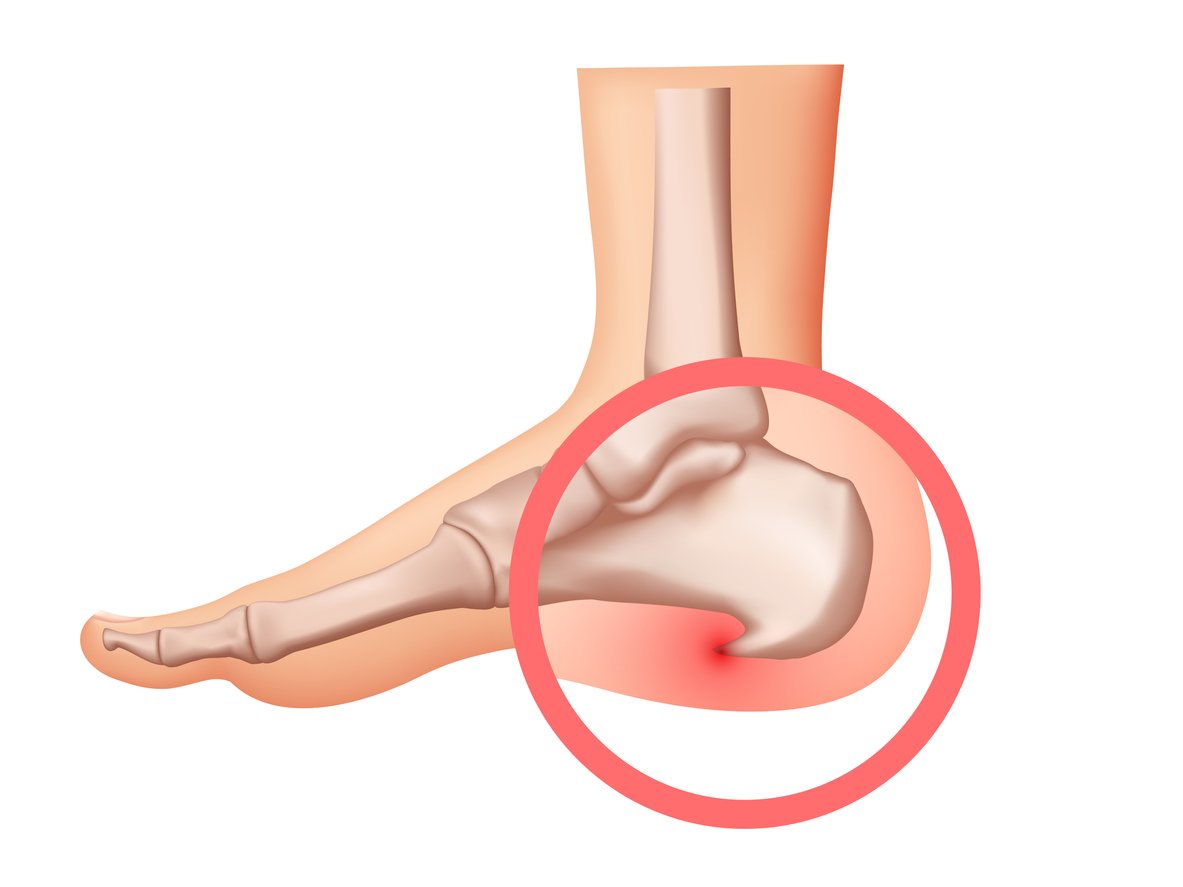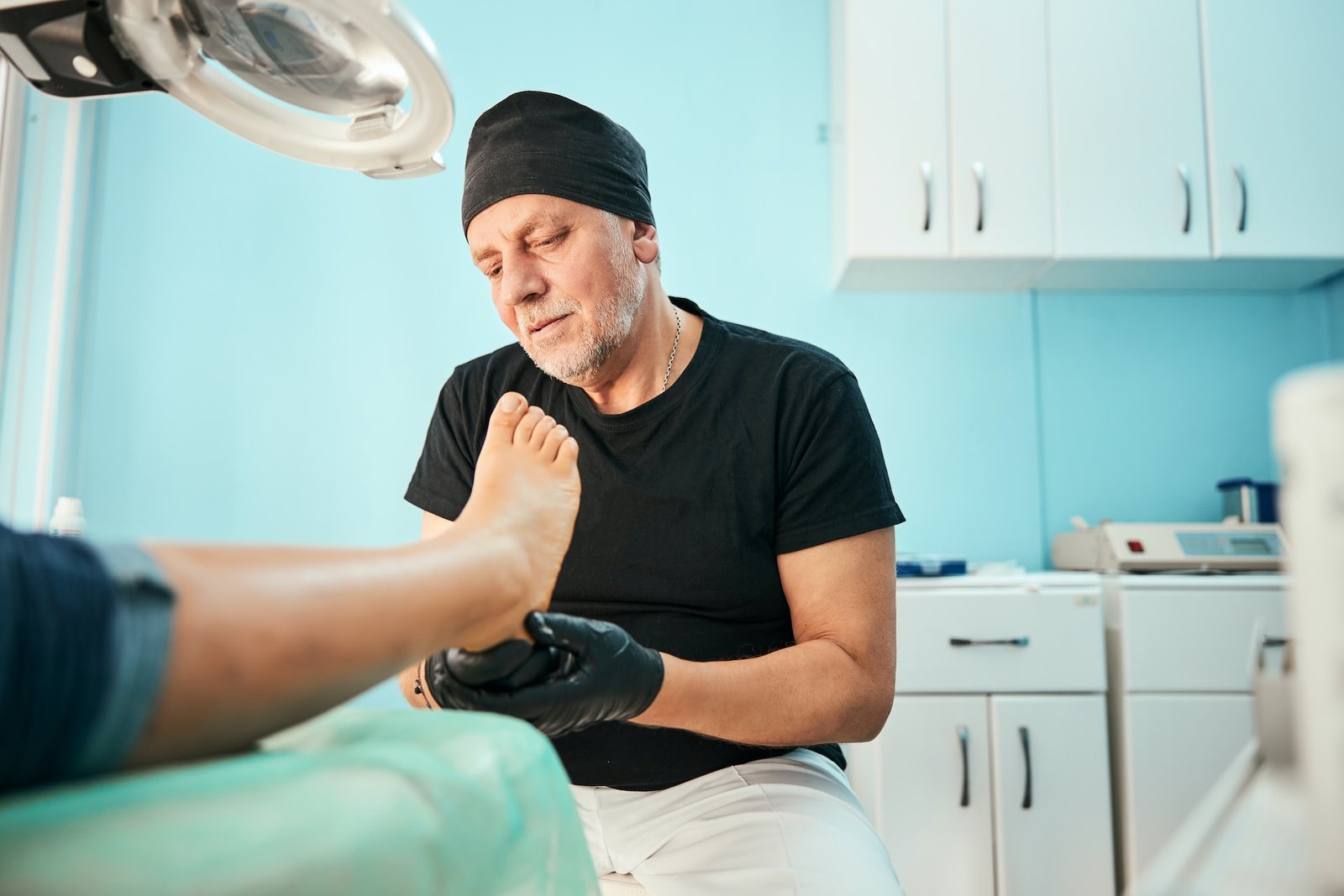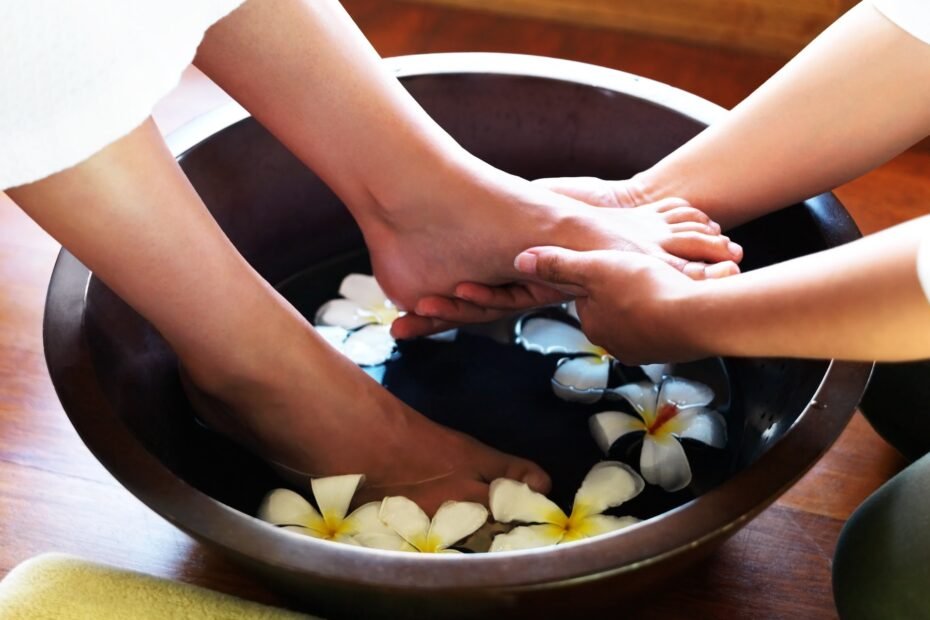Plantar fasciitis is a common condition that affects many people and can cause severe pain in the heel or arch of the foot. As an inflammation of the plantar fascia, it often results from overuse, improper footwear, or physical activities such as running or jumping. In this blog, we will discuss how massage therapy can help relieve pain and promote healing for those suffering from plantar fasciitis. We will also explore different types of massages and self-massage techniques that you can try at home to alleviate symptoms. Additionally, we will provide information on professional services and costs associated with plantar fasciitis massage therapy. If you are experiencing symptoms of plantar fasciitis, read on to find out how massage therapy can be beneficial for you.
Understanding Plantar Fasciitis
The thick band of tissue known as the plantar fascia plays a crucial role in foot health, and understanding its significance is key. Recognizing the risk factors and causes of plantar fasciitis is essential for effective treatment, especially considering its impact on the bottom of the foot and heel pain. Addressing the symptoms of plantar fasciitis early on is vital, and this is where the role of massage therapy becomes particularly significant in managing the condition.
Defining Plantar Fasciitis
Plantar fasciitis affects the bottom of your foot, causing chronic inflammation and tissue degradation in the plantar fascia. This condition leads to sharp pain, particularly in the morning, and common characteristics include scar tissue and heel pain. It necessitates a healthy environment for healing, making physical therapy and particular methods of massage essential for relief. The affected area is the thick band of tissue on the sole of the foot, close to the heel bone.
Causes and Risk Factors
Understanding the risk factors associated with plantar fasciitis, such as high arches, is crucial. Repetitive strain injury and tight calf muscles play a significant role in causing the condition. Furthermore, the impact of hard surfaces and prolonged periods on foot health should not be underestimated. Recognizing the risk factors of plantar fasciitis, such as flat feet and normal posture, is essential for early intervention. It’s important to realize the connection between unnecessary strain on the affected foot and the development of plantar fasciitis.

Recognizing Symptoms of Plantar Fasciitis
Recognizing the early signs of plantar fasciitis is crucial for timely intervention. Understanding the progression of symptoms, including pain relief and treatment options, can help manage the condition effectively. Identifying the affected foot is essential, and utilizing massage therapy can significantly aid in mitigating the long-term impact on the heel and bottom of the foot. Additionally, recognizing the warning signs and symptoms is important, and incorporating specific types of massage can alleviate discomfort and promote healing.
Early Signs
Identifying the initial signs, like discomfort in the bottom of your foot and inflammation, is crucial for addressing plantar fasciitis. Understanding the relationship between foot pain and the risk factors associated with this condition can aid in early detection. Recognizing the benefits of massage therapy, particularly for the heel of your foot, can help relieve pain and promote healing in the early stages, potentially preventing further progression of symptoms.
Progression of Symptoms
Recognizing the long-term impact of plantar fasciitis on the affected foot and calf muscle is crucial. The connection between heel pain and the posterior calf muscles should not be overlooked. Understanding the warning signs and progression of plantar fasciitis is essential for timely intervention. Furthermore, the role of massage therapy in managing the progression of plantar fasciitis symptoms cannot be understated. It creates a healthy environment for healing, promoting recovery from the bottom of your foot to the heel bone.

The Role of Massage Therapy in Plantar Fasciitis
Recognizing the advantages of massage therapy in managing plantar fasciitis naturally is essential. It plays a crucial role in relieving pain and improving blood flow, promoting tissue degradation, and treating plantar fasciitis pain effectively. For best results, massaging the feet multiple times a day for at least 6 weeks is recommended. Understanding the significance of massage therapy for plantar fasciitis and its healing promotion is vital for individuals seeking non-invasive treatment options.
Benefits of Massage Therapy
Understand the advantages of deep tissue massage in alleviating plantar fasciitis pain. Discover the natural pain relief and tissue degradation benefits of massage therapy. Recognize the significance of massage therapy in addressing shock absorber and repetitive strain injuries. Realize the effectiveness of massage therapy in treating plantar fasciitis and improving foot health. Understand the substantial role of massage therapy in promoting healing and enhancing blood flow.
How Massage Promotes Healing
Massage therapy plays a crucial role in promoting healing for plantar fasciitis. It helps provide natural pain relief and addresses scar tissue and tissue degradation, promoting overall foot health. Additionally, it enhances blood flow, effectively relieving pain associated with plantar fasciitis. The effectiveness of massage therapy in providing heel pain relief and promoting healing makes it a valuable treatment option for individuals struggling with this condition.
Different Types of Plantar Fasciitis Massages
Understanding the various massage techniques for plantar fasciitis, like rolling pin massage, is essential. Massage therapy plays a crucial role in providing pain relief and promoting healing. Deep tissue massage specifically targets the bottom of your foot, offering significant relief. Different types of massage therapy cater to the specific needs of plantar fasciitis patients, ensuring a healthy environment for recovery. Familiarizing yourself with these options is beneficial for both first-time recipients and those seeking alternative methods of pain management.

Deep Tissue Massage
Targeting the deep layers of muscle and fascia, deep tissue massage effectively relieves chronic tension patterns. By applying firm pressure and slow strokes, this technique breaks up scar tissue and enhances blood flow to the affected area, providing relief for plantar fasciitis pain and tightness. This intense yet effective method releases tension in the foot and calf muscles when performed by a professional.
Cross Fibre Techniques
Cross fibre massage involves applying pressure across the muscle fibers to break up adhesions and scar tissue, promoting tissue healing and reducing inflammation in plantar fasciitis. This technique can enhance flexibility, reduce pain, and address chronic inflammation and tissue degradation in the affected area. When performed by a skilled therapist, cross fibre massage offers relief and supports healing of the plantar fascia without beginning with the primary keyword.
Hot and Cold Stone Massage
Hot and cold stone massage therapy integrates heated and chilled stones to induce relaxation and alleviate discomfort. This modality contributes to reducing inflammation and soothing the affected area in plantar fasciitis, enhancing blood circulation and easing muscle tension in the foot and calf region. By delivering a comforting and therapeutic experience, this particular method offers a unique approach to addressing pain associated with plantar fasciitis symptoms.

Self-Massage Techniques for Plantar Fasciitis
Understanding the importance of self-massage for plantar fasciitis and its benefits. Using a foam roller or massage ball to relieve tension in the feet. Employing specific techniques for massaging the affected areas with your hands. Emphasizing the necessity of consistency in self-massage for effective relief. Additional tips for preventing and managing plantar fasciitis, including stretching and wearing proper footwear.
Kneading Technique
Applying pressure to the sole of your foot with your thumbs initiates the kneading technique. Gently creating circular pressure on the arch of the foot using your fingertips helps alleviate discomfort. Kneading the heel and bottom of the foot with your knuckles provides relief. Using a tennis ball or foam roller to roll the foot and applying pressure to painful areas can benefit plantar fasciitis. Stretching foot and calf muscles post-massage promotes healing and prevents future pain.
Ball Massage Technique
Using a small, firm ball to apply pressure to the affected area is the essence of the ball massage technique. Place the ball under the foot and roll it back and forth to target areas of pain. Adjust the pressure and intensity based on comfort level and severity of plantar fasciitis. Consistent ball massage can improve blood flow, reduce inflammation, and promote healing of the plantar fascia, whether done at home or with a skilled massage therapist.
Stretching Exercises
Stretching the toes can alleviate plantar fascia discomfort, while loosening tight calf muscles is crucial. Using a towel to stretch the bottom of your foot relieves tightness, and stretching the Achilles tendon helps alleviate pressure on the plantar fascia. Additionally, rolling a ball or foam roller under your foot can massage and stretch the plantar fascia, promoting healing and pain relief. These stretching exercises are essential for managing plantar fasciitis.
Professional Services and Costs for Plantar Fasciitis Massage
Massage therapy offers effective relief and healing for plantar fasciitis. Techniques like deep tissue massage, trigger point therapy, and myofascial release target pain and inflammation on the bottom of your foot. It’s essential to consult licensed physical therapists experienced in treating plantar fasciitis. Costs vary based on location, duration, and frequency of sessions. Some health insurance plans cover prescribed therapy. A healthy environment and a particular method are crucial for healing.
What to Expect during Professional Massage Therapy
When you visit a professional for plantar fasciitis massage, expect a thorough assessment of your condition. Your therapist will focus on the bottom of your foot and heel bone, using a particular method to promote healing and relieve pain. They may suggest a type of massage that targets the sole of the foot and the big toe. During the session, the physical therapist will create a healthy environment while utilizing different techniques to address your specific needs.
Should You Try Plantar Fasciitis Massage Therapy?
Plantar Fasciitis Massage Therapy can be an effective treatment option for relieving pain and promoting healing. However, it is important to consult with a healthcare professional before trying any new therapy. They can evaluate your condition and provide guidance on whether massage therapy is suitable for you. Remember, individual results may vary.

Is there a pressure point to relieve plantar fasciitis?
Yes, there is a specific pressure point to relieve plantar fasciitis. Located on the inside edge of the heel where the arch begins, applying firm pressure for 30 seconds with your thumb or a massage ball can help alleviate pain. Consistent massage of this pressure point can provide relief.
Where do you use a massage gun for plantar fasciitis?
A massage gun can be effective for plantar fasciitis when used on the calves, hamstrings, and feet. Focus on targeting the muscles surrounding the plantar fascia, like the gastrocnemius and soleus muscles. Adjust the massage gun to a lower intensity setting to avoid worsening the condition. Consulting a medical professional before using a massage gun for plantar fasciitis is recommended.

Conclusion
In conclusion, plantar fasciitis massage therapy can be a highly effective treatment option for relieving pain and promoting healing. It offers numerous benefits, including increased blood flow, reduced muscle tension, and improved flexibility. Different massage techniques, such as deep tissue massage and hot stone massage, can be utilized to target specific areas and provide relief. Additionally, self-massage techniques, like kneading and ball massage, can be incorporated into your daily routine for ongoing management of symptoms.
If you’re considering professional services, it’s important to understand what to expect during a session and factor in the associated costs. Ultimately, the decision to try plantar fasciitis massage therapy should be based on your individual needs and preferences. Consult with a healthcare professional to determine if this treatment option is right for you.
I hope you found this blog helpful and please feel free to comment and share.
Thanks for reading!
 | Tracy J. Founder, The heel GP |
